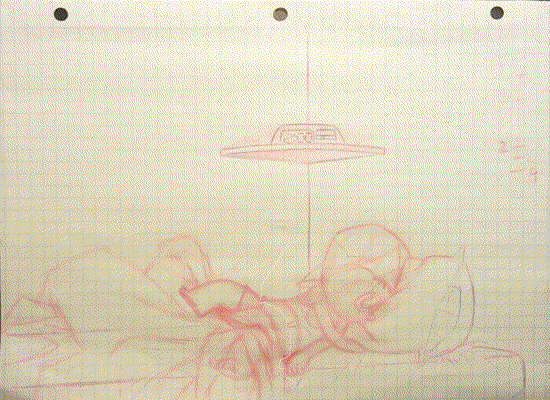The number one secret to succeeding as a freelancer is conducting yourself as a professional.
How does a professional conduct him or herself?
1. Communication. More than anything else, stay in communication with your client. This is especially important because you're likely working offsite, away from the client. If you cannot answer their calls or emails immediately, make it a priority to reply within the hour. If you're running behind schedule, let them know. Early.
2. Do good work. If it's not clear to them, it's not good work. If it's not what you promised, it's not good work. If it's vastly different from the level of quality in your reel/portfolio, it's not good work.
3. Be consistent. This applies not only to doing good work but keeping regular office hours. Start every day at the same time. Take lunch at the same time every day. And finish every day at the same time. And in those hours that you're working, work. No internet. No Reddit. No Facebook. No distractions.
4. Meet your deadlines. Work over time if necessary. Meet that deadline. If you're still going to be late, let them know as soon as possible. Do not wait till the last second. Your work for them is just one small piece of a larger puzzle. If you're going to be late, they need to know so they can plan around it. They're more likely to not hire you again if you're dishonest with them than if you're honest.










